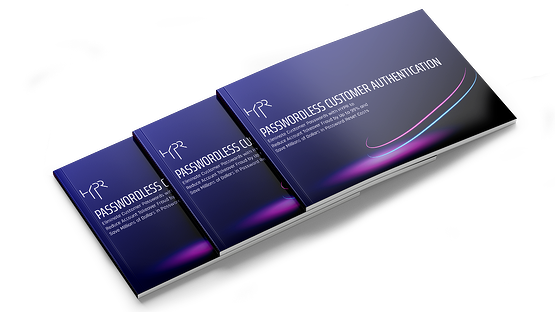Digital transformation initiatives often prompt the decision to go passwordless for large-scale consumer applications. Such Business-to-Consumer (B2C) and Customer Identity Access Management (CIAM) use cases are often where passwords create the most pain and remain the #1 cause of breaches, with some alarming statistics:
- $1.7B in Account Takeover Fraud last year, having doubled since 2015
- More than 56% of consumer banking traffic is malicious login attempts
- The adoption of 2-Factor Authentication has stagnated in the past 4 years
The decision to eliminate passwords makes perfect sense because it directly supports both increased security and an improved customer experience. In fact this is one of the rare occasions where security and business teams will agree. Passwordless CIAM initiatives assemble cross-functional groups. These include design, user experience, cybersecurity, and software engineering teams who will be impacted by, and participate in, its integration.

Download Brochure
Retail banks, social media companies, Internet service providers, insurers, and online email vendors are good examples within this deployment category. They are deploying passwordless authentication for consumer-facing mobile and web applications by integrating the HYPR SDK. The result is a phishing-resistant login experience powered by the user’s mobile device that is also extended to the web and desktop.